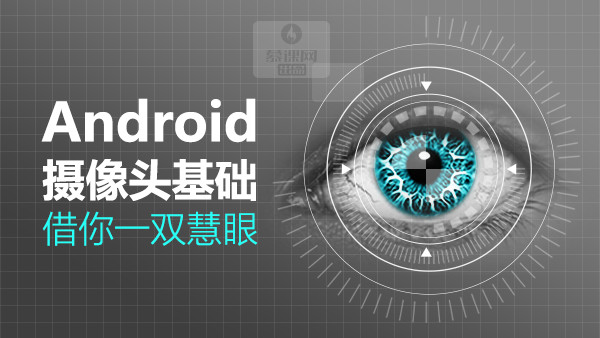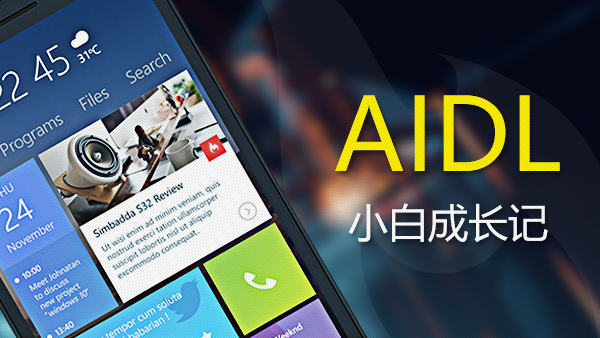经过前面几期的学习,关于ListView的一些基本用法大概学的差不多了,但是你可能发现了,所有ListView里面要填充的数据都是静态的,但在实际开发中,这些数据往往都是动态变化的,比如数据内容发生改变、增加几行、或者删除几行,这就涉及到ListView数据的更新问题。
接下来通过一个简单的示例程序来学习ListView的数据更新。
继续使用WidgetSample工程,在app/main/res/layout/目录下创建updatedata_layout.xml文件,在其中填充如下代码片段:
[代码]xml代码:
01 02 03 04 05 06 07 08 09 10 11 12 13 14 15 16 17 18 19 20 21 22 23 24 25 26 27 28 29 30 31 32 33 34 35 36 37 38 39 40 41 42 43 44 45 46 47 48 |
|
由于当ListView没有数据时,整个页面一片白,非常难看,所以加了一个文本框,当列表没有数据时提示用户。然后添加了4个按钮来动态更新列表数据。
接着在res/layout/目录下新建一个updatedata_item.xml的列表项布局文件,其代码如下:
[代码]xml代码:
01 02 03 04 05 06 07 08 09 10 11 12 13 14 15 16 17 18 19 |
|
然后创建数据实体类UpdateData.java,主要用于显示在列表数据的实体,这里比较简单,包括一个图标ID和文本内容,代码如下:
[代码]java代码:
01 02 03 04 05 06 07 08 09 10 11 12 13 14 15 16 17 18 19 20 21 22 23 24 25 26 27 28 29 30 31 32 33 |
|
再创建MyUpdateAdapter类,继承BaseAdapter,再另外添加几个方法,便于操作ListView。
[代码]java代码:
001 002 003 004 005 006 007 008 009 010 011 012 013 014 015 016 017 018 019 020 021 022 023 024 025 026 027 028 029 030 031 032 033 034 035 036 037 038 039 040 041 042 043 044 045 046 047 048 049 050 051 052 053 054 055 056 057 058 059 060 061 062 063 064 065 066 067 068 069 070 071 072 073 074 075 076 077 078 079 080 081 082 083 084 085 086 087 088 089 090 091 092 093 094 095 096 097 098 099 100 101 102 103 104 105 106 107 108 109 110 111 112 113 114 115 116 117 118 119 120 121 122 123 124 125 126 127 128 129 130 |
|
接下来为ListView提供Adapter,使用自定义的BaseAdapter决定ListView所要显示的列表项,然后为4个按钮设置监听监听器。新建UpdateDataActivity.java文件,加载上面新建的布局文件,具体代码如下:
[代码]java代码:
001 002 003 004 005 006 007 008 009 010 011 012 013 014 015 016 017 018 019 020 021 022 023 024 025 026 027 028 029 030 031 032 033 034 035 036 037 038 039 040 041 042 043 044 045 046 047 048 049 050 051 052 053 054 055 056 057 058 059 060 061 062 063 064 065 066 067 068 069 070 071 072 073 074 075 076 077 078 079 080 081 082 083 084 085 086 087 088 089 090 091 092 093 094 095 096 097 098 099 100 101 102 103 104 105 106 107 108 109 110 111 112 113 114 115 116 117 118 119 |
|
修改启动的Activity,运行程序,可以看到下面左图所示界面效果。
然后点击添加按钮,在列表中随机添加一些列表项,可以看到列表数据动态更新,如上图右侧所示。
然后再点击更新按钮,可以随机更新列表数据,如下图左侧所示。
再点击删除按钮,可以看到将会从列表中删除随机列表项,如上图右侧所示。
点击清空按钮,可以将列表所有数据全部清空,显示启动时的页面。
从以上几个操作,可以看到动态更新时离不开每次调用notifyDataSetChanged()方法,这个方法的主要作用就是当适配器里面的内容发生改变时需要强制调用getView()方法来刷新每个Item的内容。
今天就先到这里,如果有问题欢迎留言一起探讨,也欢迎加入Android零基础入门技术讨论微信群,共同成长!

 随时随地看视频
随时随地看视频




